DICK PURTAN | MARCH 26, 2010 | WOMC 104.3
![]()
From Wikipedia: Founded in 1927 as a scheduled air mail and passenger service operating between Key West, Florida and Havana, Cuba, Pan American World Airways became a major company credited with many innovations that shaped the international airline industry, including the widespread use of jet aircraft, jumbo jets, and computerized reservation systems. Identified by its blue globe logo, the use of the word “Clipper” in aircraft names and call signs, and the white pilot uniform caps, the airline was a cultural icon of the 20th century. In an era dominated by flag carriers that were wholly or majority government-owned, it was also the unofficial flag carrier of the United States. During most of the jet era, Pan Am’s flagship terminal was the Worldport located at John F. Kennedy Airport in New York.
At it’s height, Pan Am was everywhere, including it’s signature skyscraper located at 200 Park Avenue in Midtown Manhattan, New York City. Now branded with “Met Life”, it is a key part of the Manhattan skyline and one of the fifty tallest buildings in the United States.
The Pan Am name surfaced again on September 25, 2011 when a television series about the airline launched on ABC.
In the ’60s and early ’70s, Pan Am spent millions on radio and television advertising, touting it’s worldwide reach and superior service. Here are three examples.
*****



![]()
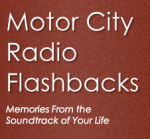 From the MCRFB Aircheck Library:
From the MCRFB Aircheck Library:
Jim Jeffries on 1310 AM WKNR “Keener 13”
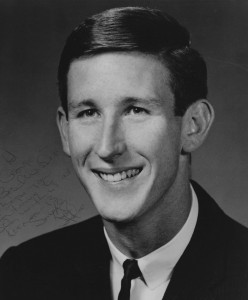
We’re going to take you back to January 30, 1967. A time when Keener 13 was still hot on the radio dial in Detroit.
During the time this aircheck was recorded, WKNR arbitrarily still held the number one slot overall in total audience ratings. Number one for three consecutive years since the Keener Sound took a phenomenal hold on Detroit radio early-on in 1964.
When Keener DJ Bill Phillips left the overnight shift open at Keener 13 in mid-1965, Frank Maruca, station program director for WKNR at that time, promptly filled the void. He knew where to call. He made the call for Jim Jeffries from sister-station WKFR “Keener 14” in Battle Creek, Michigan.
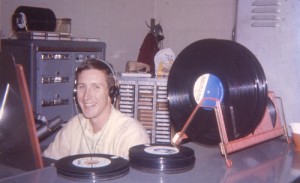
While doing the overnight 1AM to 6AM shift, once on board, Jim Jeffries popularity rose to prominence at WKNR. Jim connected well with his audience with his blend of personality, humor, exuberance and warmth. The Jeffries brand soon became the overnight sensation during his entire radio stay in Detroit. By mid-1966, Jeffries became the most listened to deejay doing the all-night show in Detroit at the time.
But before the end of 1967, Jim Jeffries would set sail for newer horizons outside of Detroit. This time he was offered a ‘prime-time’ radio slot for another radio market outside of Michigan. Keener newsman Bob Neal, along with Keener DJ Bob Harper, would soon follow Jim Jeffries down to WQXI in Atlanta, Georgia.
Sadly, Jim Jeffries passed away suddenly on November 17, 2009. (For more on his passing, see Scott Westerman’s special tribute to Jim Jeffries at Keener13.com).
But as you listen to this January, 1967 Jim Jeffries aircheck, you’ll understand why a generation of Detroiters during that time stayed up faithfully throughout the night listening to the Jim Jeffries Show on Keener 13.
WKNR-AM Jim Jeffries 1967 (link): GO HERE.
![]()
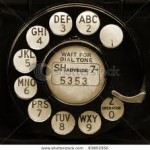 If you ever called WOodward 3-8925 to request a dedication, you remember the days when telephone numbers started out with a word. Can you match these numbers with their owners? TYler 8-7100, TOwnsend 9-2800, WOodward 5-0043, TExas 4-1100?
If you ever called WOodward 3-8925 to request a dedication, you remember the days when telephone numbers started out with a word. Can you match these numbers with their owners? TYler 8-7100, TOwnsend 9-2800, WOodward 5-0043, TExas 4-1100?
Visit Keener13.com for the answers!


![]()
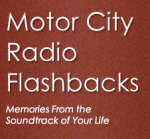 Charlie Van Dyke’s Bicentennial Salute to the American Flag in 1976
Charlie Van Dyke’s Bicentennial Salute to the American Flag in 1976
… Is it possible to wave the flag too much … provided of course, that you wave it with integrity….
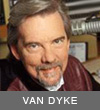 Charles Leo Steinle aka Charlie Van Dyke, first launched his career in radio broadcasting in 1966, as a nineteen-year old with the legendary KLIF 1190 in Dallas, Texas. By the early 1970s, and rapidly-rising in the industry known for his baritone pipes, his distinct voice behind the radio microphone would eventually carry him to major markets around the country.
Charles Leo Steinle aka Charlie Van Dyke, first launched his career in radio broadcasting in 1966, as a nineteen-year old with the legendary KLIF 1190 in Dallas, Texas. By the early 1970s, and rapidly-rising in the industry known for his baritone pipes, his distinct voice behind the radio microphone would eventually carry him to major markets around the country.
Harnessed by Bill Drake for his RKO radio stable, stops would include morning drives at KFRC in San Francisco, KHJ in Los Angeles, a short stint at CKLW in Windsor/Detroit and then it was on to WRKO in Boston.
But it’s the Bicentennial Year. 1976.
Seemingly what was lacking was a narrative to commemorate the country’s bicentennial celebration for that year. And that’s when Van Dyke decided to step in.
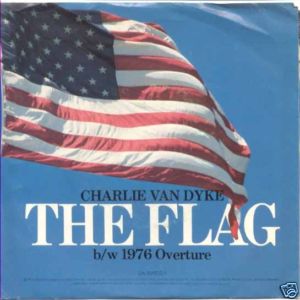
According to Charlie Van Dyke, he had retained a particular speech his uncle had written and prepared for an oratory-speech contest while in high school. His mother, in adding to the Van Dyke story, had saved a copy of that award-winning speech. That narrative saved would become The Flag.
With minor changes in the lyrics, Clive Fox worked on the produced project for release through United Artists Records. Jimmy Haskell would provide the music behind Van Dyke’s saturated, patriotic salute he voiced-over in The Flag.
Today, while no longer in radio, Charlie Van Dyke continues to free-lance his voice talents for media markets in both radio and television affiliates across the country.
Charlie Van Dyke, we thank and salute you for your acclimated 1976 display and show for true-American patriotism!
Special thanks to George Griggs for contributing “The Flag” record/audio featured with this exhibit.

![]()
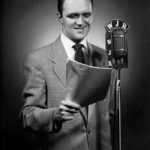
Aficionados WJBK’s prime as a Top 40 radio station will remember the voice of “Good Guy” Clark Reid. Reid, who worked at WJR before he played the hits, was part of a team that included Marc Avery, Robert E. Lee, and the many personalities who took on the “Jack The Bellboy” moniker at Radio 15.
Reid never really left the business, moving to the role of marketing communications specialist with the Wilding and Ross Roy agencies, culminating with his retirement in 1991.
Clark Reid passed away on February 3, 2012, ironically, the anniversary of the “the day the music died”, when an airplane crash that took the lives of Buddy Holly, Ritchie Valens, and J. P. “Big Bopper” Richardson.
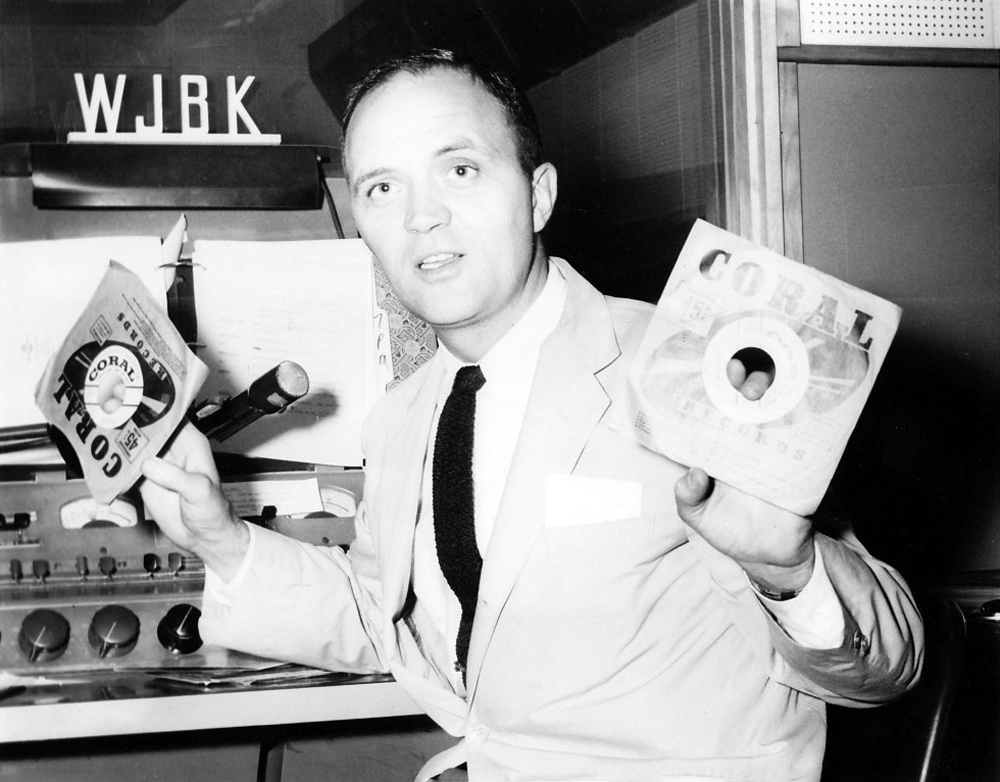
MCRFB remembers Clark Reid with two classic audio sound bytes from his WJBK days.



![]()
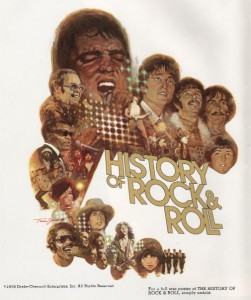 Philip Yarbrough’s impact on Top 40 radio can’t be overemphasized. Known to just about every aspiring 60s DJ, “Bill Drake” helped refine the format to it’s bare essence, generating millions of dollars of ad revenue for legendary stations like Ron Jacob’s KHJ and Paul Drew’s CKLW, when the Detroit Top 40 station first aired the program in March 1969.
Philip Yarbrough’s impact on Top 40 radio can’t be overemphasized. Known to just about every aspiring 60s DJ, “Bill Drake” helped refine the format to it’s bare essence, generating millions of dollars of ad revenue for legendary stations like Ron Jacob’s KHJ and Paul Drew’s CKLW, when the Detroit Top 40 station first aired the program in March 1969.
Drake’s magnum opus has to be the gargantuan “History of Rock and Roll“, a “rocumentary” that covered the rock era with a depth and detail that still sounds fresh today. The show ran for 48 straight hours when it premiered in 1969. An updated version, broadcast in 1978, clocked in at 52 hours.
One of the program’s many highlights is a time sweep, featuring the musical hooks of every Billboard Top 40 number one song from 1957 to 1977.


![]()
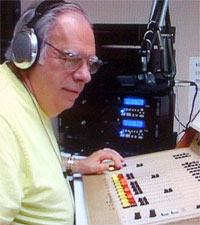 JIM HAMPTON has had a prolific career both in front of and behind the microphone. After cutting his teeth at Flint’s WTRX, Jim worked his way toward Detroit and memorable stints at WXYZ, WABX, WJBK and WCAR before taking his act WLS in 1970.
JIM HAMPTON has had a prolific career both in front of and behind the microphone. After cutting his teeth at Flint’s WTRX, Jim worked his way toward Detroit and memorable stints at WXYZ, WABX, WJBK and WCAR before taking his act WLS in 1970.
As the years passed, Jim amassed an amazing resume as a program producer, creating literally thousands of syndicated shows for independent stations. In 1999, Jim launched Greenhouse Marketing Group, “helping the biggest brands and the hottest start-ups grow their businesses with strategic thinking and ahead of the curve marketing.”
We’re honored to showcase Jim’s talents HERE at Motor City Radio Flashbacks!

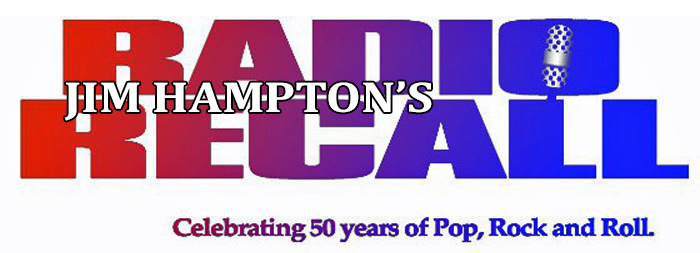

![]()
If this one sounds familiar and you can’t quite place it, here’s some help. It first turned up as the march music that introduced the Gillette Cavalcade of Sports. The program debuted on radio in 1944, moving to NBC when television became ubiquitous. Bob Haymes (billed as “Bob Stanton”) was the original announcer, joined by Ray Forrest in 1948. The program covered a wide array of sporting events, but is perhaps most remembered for it’s Friday nigh boxing coverage. “Look Sharp, Be Sharp” became the show’s theme when it moved to television. If you played in a marching band in the early 50s, you probably played this one often.
The Bob Haymes and Ray Forrest combination wasn’t lost on two other radio comedians when they appropriated “Look Sharp, Be Sharp” for their act. Fans of the comedy of Bob Elliot and Ray Goulding will remember it as the theme song for Elliot’s character, Biff Burns. The faux sports reporter interviewed a plethora of Goulding’s characters from “Little Lightnin'” who was beating the drum for a professional Ring-Around-The-Rosy league, to Stuffy Hodgson, the bitter veteran ball player who couldn’t find the cheese that the younger athletes had hidden in his ball cap.
Biff Burns Sports Room was a fixture from Bob & Ray‘s earliest days on network radio, right up until their Bob & Ray Radio Show for NPR in the late 70s.
http://www.youtube.com/watch?v=0i_cT_6H93s

![]()